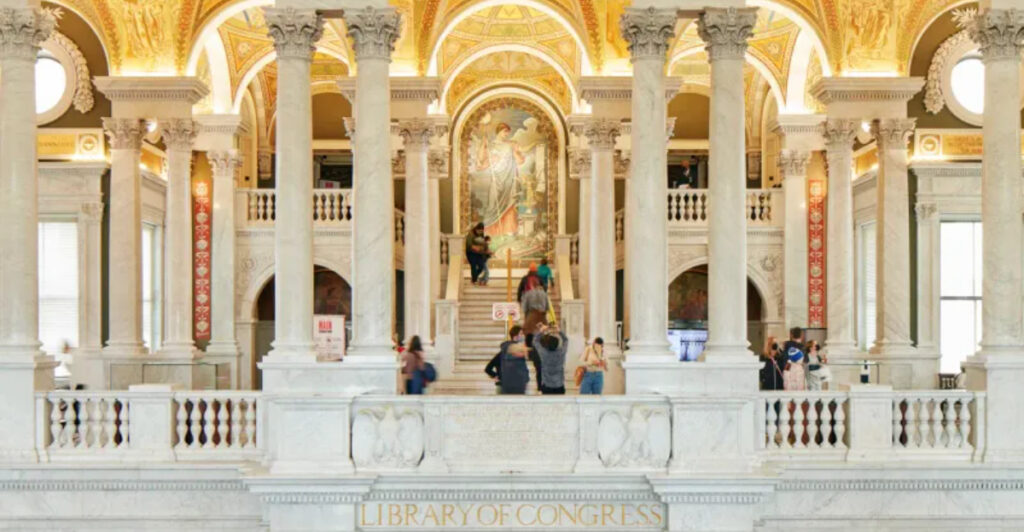Deep beneath the marble halls of Washington D.C. lies America’s greatest treasure hunt waiting to happen.
The Library of Congress isn’t just a building filled with books – it’s an 800-mile maze of tunnels, secret chambers, and mind-blowing artifacts that most people never get to see.
From presidential handwriting to microscopic books, this place guards secrets that would make Indiana Jones jealous.
1. Thomas Jefferson’s Personal Library Lives Here
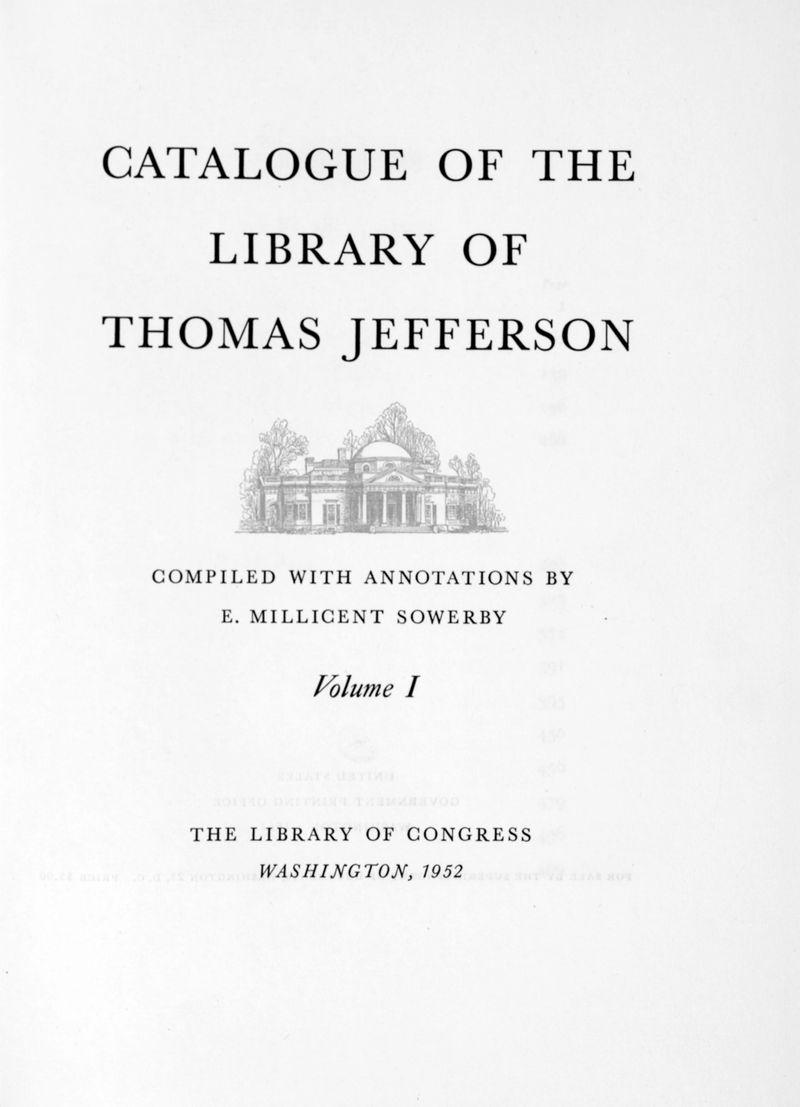
Picture opening a book and finding the third President’s personal notes scribbled in the margins. After fire destroyed the original Library of Congress collection in 1814, Jefferson stepped up big time.
He sold his entire personal library of 6,487 books to help rebuild America’s knowledge vault. Walking through these halls today, you can still spot volumes with his actual handwriting inside.
Jefferson believed knowledge belonged to everyone, so he made sure future generations could learn from his personal collection. Many of these books helped shape early American thinking and policy decisions.
2. The Declaration of Independence Rough Draft Sits in the Vault
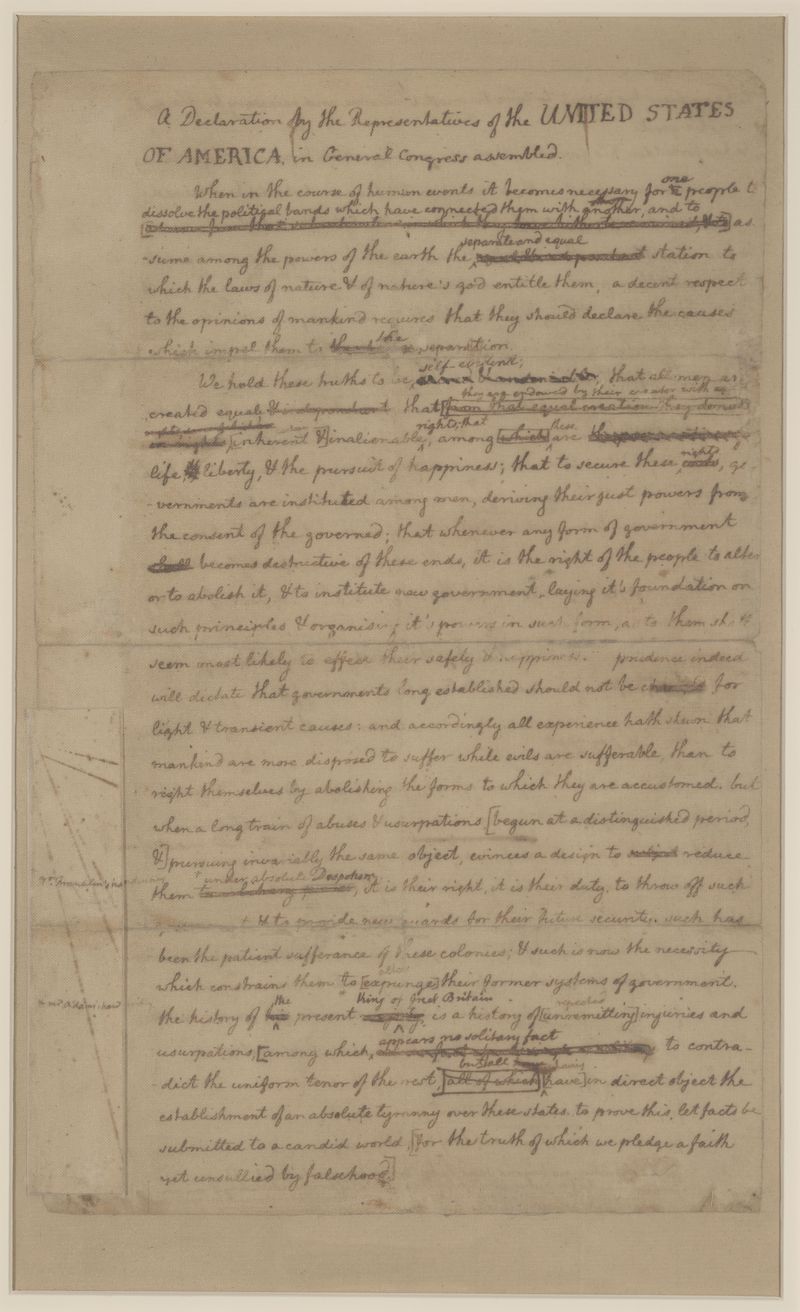
Forget the fancy version everyone sees in textbooks. The real treasure is Jefferson’s messy first attempt, complete with crossed-out words and second thoughts.
This handwritten draft shows how our founding document actually came together, with edits, scratches, and changes that reveal the messy process of creating history. You can see where Jefferson struggled to find the perfect words for freedom.
The paper itself feels fragile enough to crumble, yet it contains the most powerful ideas in American history. Only a handful of people get to see this original rough copy each year.
3. Maps That Predate America by Centuries
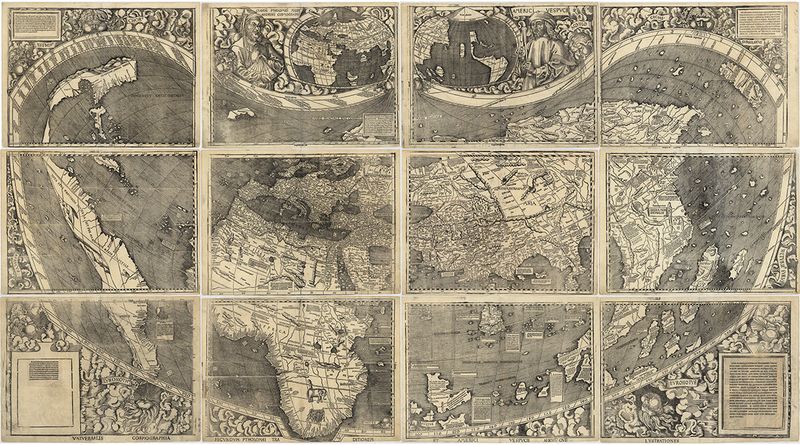
Long before anyone called this place the United States, explorers were drawing maps of mysterious lands across the ocean. The Geography and Map Division houses over 5 million maps from throughout history.
One incredible map from 1507 contains the very first use of the word “America” to describe our continent. Imagine being the person who decided what to call an entire landmass!
These ancient maps show how people viewed the world before satellites and GPS, with sea monsters marking dangerous waters and blank spaces labeled “Here Be Dragons.”
4. The World’s Largest Knowledge Collection
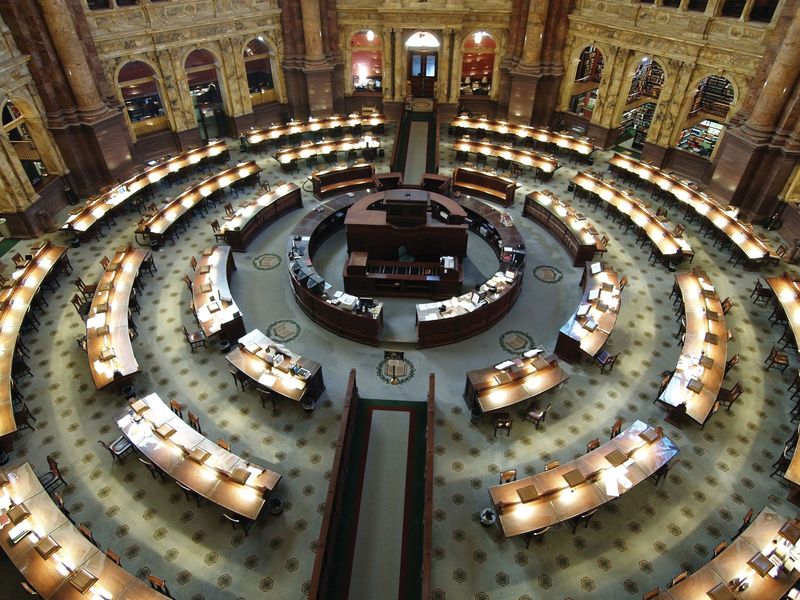
Numbers this big almost don’t make sense. Over 170 million items fill this place, and they’re not all books.
Sound recordings capture voices from the past, photographs freeze moments in time, and sheet music preserves melodies that shaped generations. Every single day, around 15,000 new items arrive to join the collection.
If you tried to count every single piece, working non-stop, it would take you several lifetimes to finish. The collection grows so fast that by the time you finished counting, millions of new items would have arrived.
5. A Gutenberg Bible Worth Millions
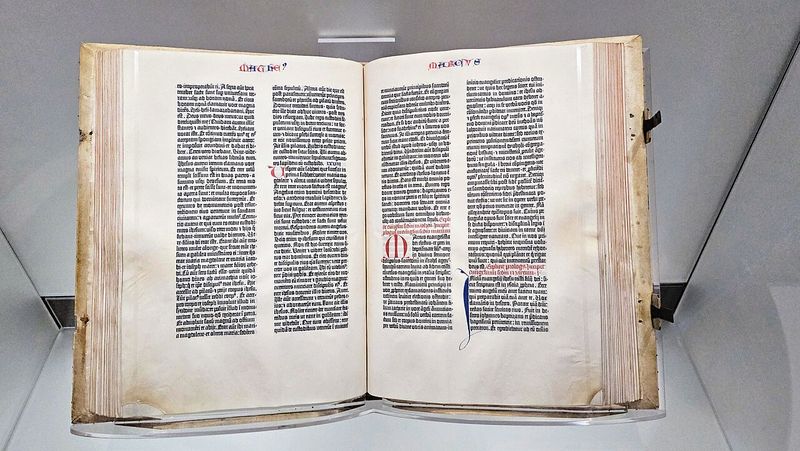
Only 21 complete Gutenberg Bibles exist on Earth, and one sits right here in a climate-controlled glass case. This 15th-century masterpiece represents the moment when books stopped being hand-copied by monks.
Johannes Gutenberg’s printing press changed everything, making books available to regular people for the first time in history. Each page took incredible skill to create, with hand-set metal letters forming perfect rows of text.
The Bible’s pages still look crisp after 500+ years, proving that sometimes old-fashioned craftsmanship beats modern technology. Seeing it feels like meeting a celebrity from the Middle Ages.
6. Voices from the Past Speak Through Audio Archives
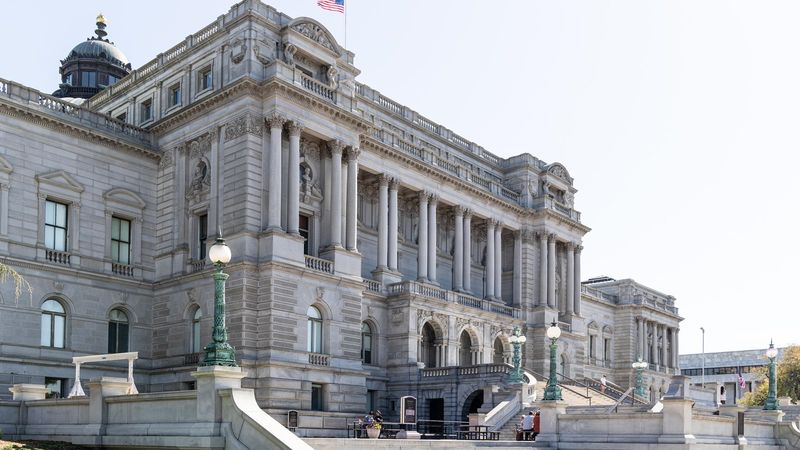
Close your eyes and listen to Amelia Earhart describing her flights, or Thomas Edison explaining his inventions in his own voice. The audio archives preserve sounds that would otherwise be lost forever.
Booker T. Washington’s speeches, early jazz recordings, and presidential addresses from decades past fill thousands of hours of recordings. Many were captured on fragile wax cylinders that required special care to preserve.
Hearing these voices makes history feel real in a way textbooks never could. When you listen to someone who lived 100 years ago, time seems to collapse.
7. Secret Underground Tunnels Connect Everything
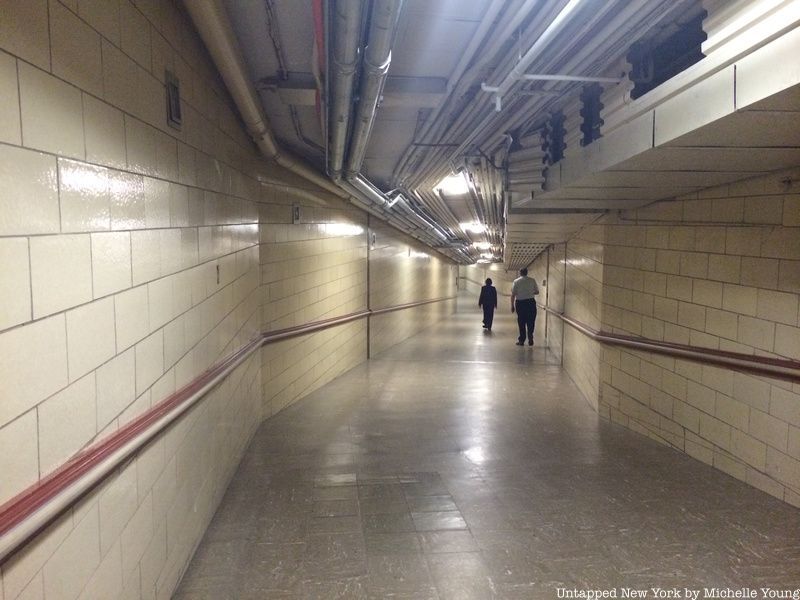
Beneath your feet, a hidden world of tunnels stretches between buildings like veins in a giant body. Staff members zip through these passages daily, moving books and materials without ever stepping outside.
Some tunnels are wide enough for small vehicles, while others barely fit a person. VIPs occasionally get special tours through these underground highways that most visitors never see.
During bad weather, workers can travel the entire complex without getting wet. The tunnel system helps protect precious materials from temperature changes and keeps the Library running smoothly year-round.
8. Film Archive Contains Pop Culture History

Every cheesy commercial, groundbreaking movie, and forgotten TV show finds a home in the National Audio-Visual Conservation Center. Over 1.5 million films and shows fill this Virginia facility.
Silent films from the 1920s sit next to modern blockbusters, creating a timeline of American entertainment. Many rare films exist nowhere else on Earth, saved from destruction by dedicated archivists.
Researchers can watch how advertising, fashion, and social attitudes changed over decades. Sometimes they discover lost films that everyone thought were gone forever, like finding buried treasure in a vault.
9. Rosa Parks’ Personal Papers Tell Her Story
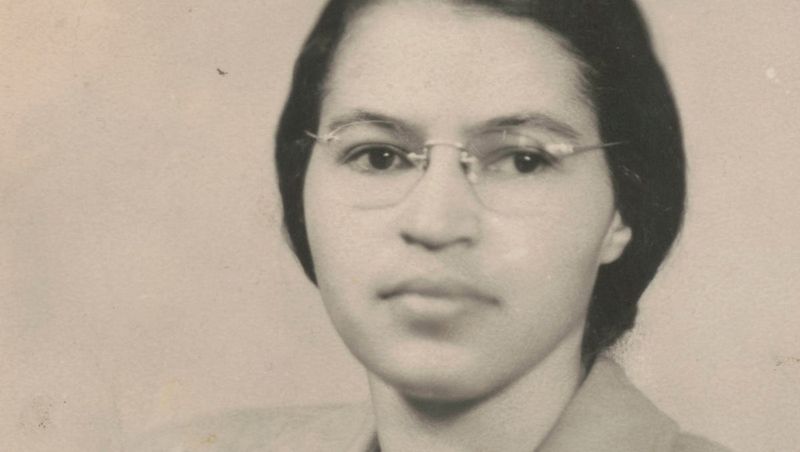
Beyond the famous bus incident, Rosa Parks lived a full life documented in handwritten letters, personal photographs, and private papers. Her collection reveals the person behind the legend.
Family photos show her as a young woman, while letters display her thoughts on civil rights struggles that continued long after Montgomery. Many items remained private during her lifetime.
Reading her personal writings makes you realize how much courage everyday actions required during the civil rights era. Her papers prove that heroes are real people who choose to do extraordinary things.
10. Original Sheet Music from Musical Legends
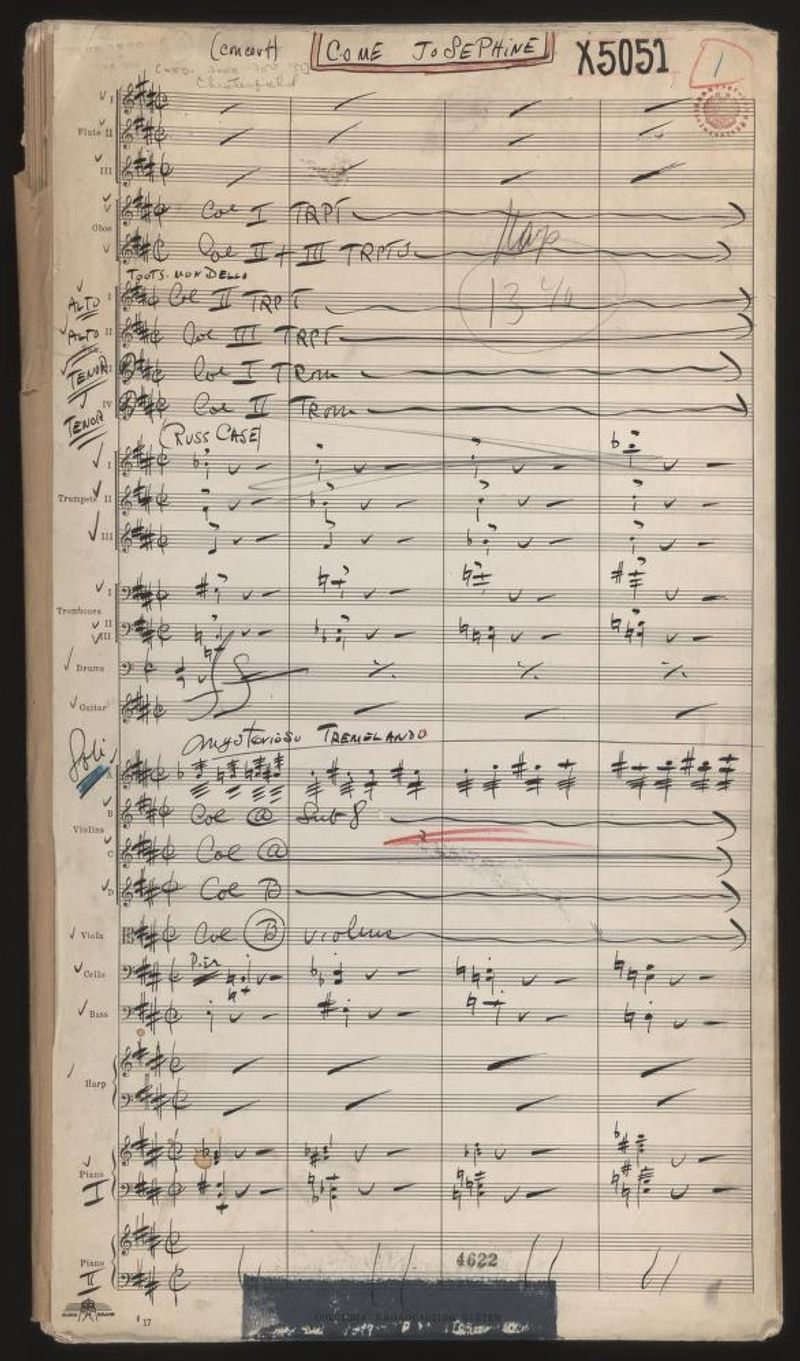
George Gershwin’s handwritten notes for “Rhapsody in Blue” rest alongside Duke Ellington’s jazz compositions in the music division’s climate-controlled vaults. These aren’t photocopies—they’re the actual papers these legends touched.
Seeing musical genius in handwritten form reveals how songs evolved from first ideas to finished masterpieces. Crossed-out notes and margin scribbles show the creative process in action.
Many pieces include performance notes that help modern musicians understand how these classics should really sound. The collection preserves America’s musical DNA for future generations to study and perform.
11. The World’s Tiniest Book Needs a Microscope
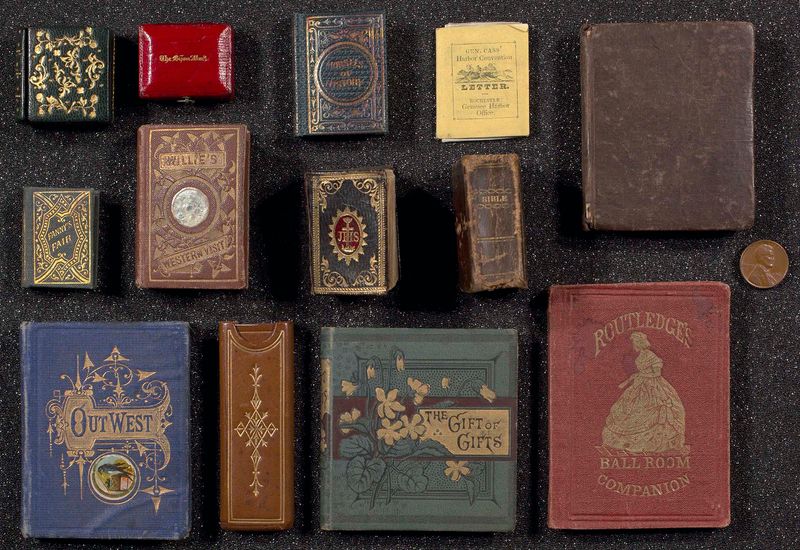
Measuring just one millimeter wide, this microscopic book pushes the definition of readable literature to its absolute limits. Stored in the Rare Book Vault, it requires special equipment just to open.
Creating something this small required incredible precision and skill. Every letter had to be perfectly formed at a size smaller than most people can see without help.
The book proves that knowledge can be preserved in the most unexpected ways. Scientists and artists collaborated to create this tiny marvel that challenges what we think books can be.
12. The Main Reading Room Looks Like a Cathedral
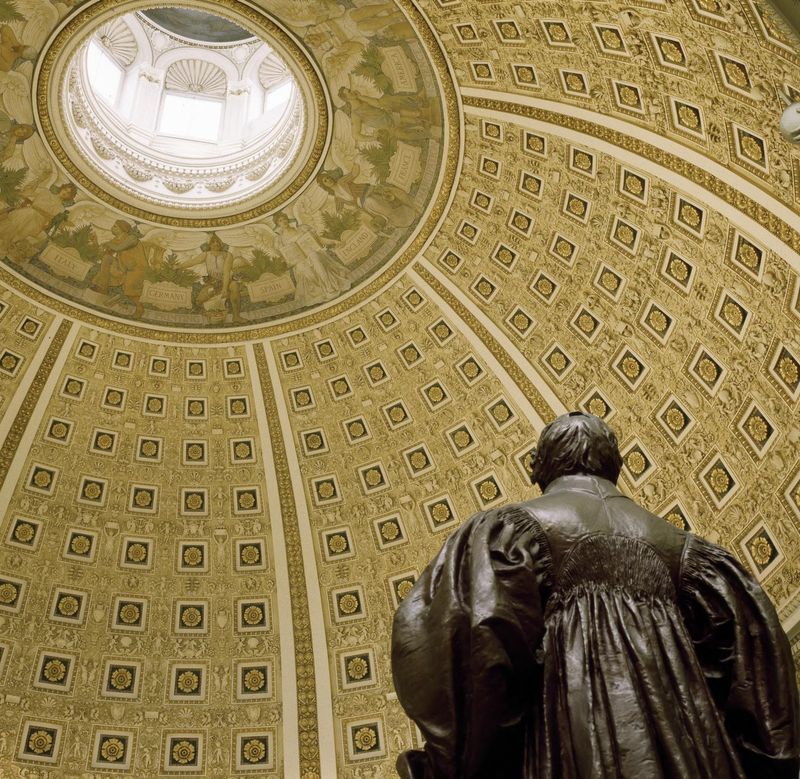
Walking into the Main Reading Room feels like entering a temple dedicated to knowledge. Marble columns stretch toward a magnificent dome painted with figures representing different fields of study.
Stained glass windows cast colorful light across reading desks where scholars work in library-appropriate silence. The room’s beauty inspires people to think bigger thoughts and ask better questions.
Architecture this grand sends a clear message: learning matters enough to deserve palaces. Many visitors spend more time staring at the ceiling than reading books, and that’s perfectly okay.
13. Historic Photograph Collection Captures American Life
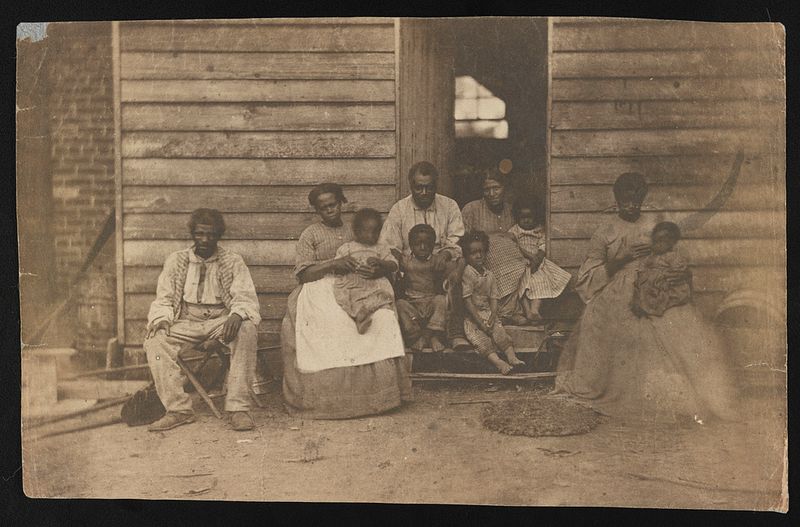
Over 15 million photographs document everything from Civil War battlefields to family picnics, creating a visual timeline of American experience. Many images capture moments that shaped history.
Daguerreotypes from the 1800s sit alongside Depression-era documentation and wartime photography. Each image tells stories that words alone couldn’t preserve.
Browsing these collections feels like time travel, showing how people lived, worked, and celebrated across generations. Sometimes researchers discover photos of their own ancestors in the vast collection, creating unexpected personal connections to history.
14. Some Items Require Presidential-Level Clearance
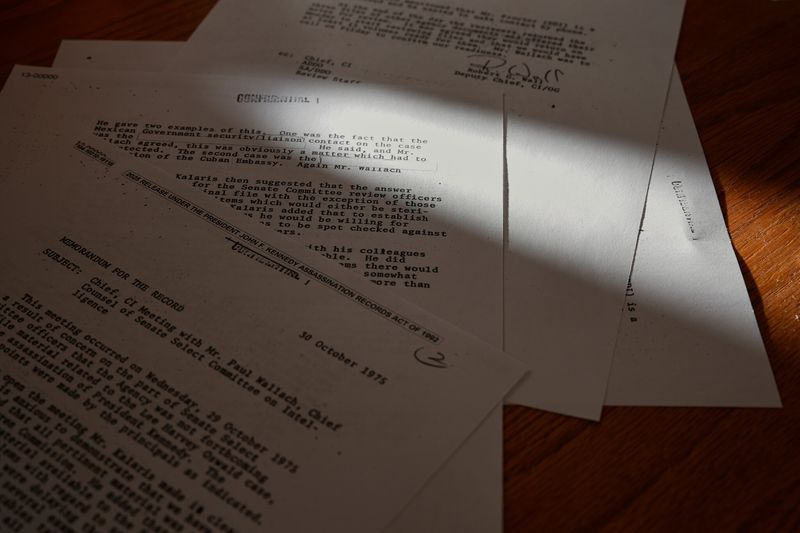
Certain documents are so rare, classified, or fragile that even presidents need special permission to see them. Security protocols protect these items like nuclear secrets.
Appointments must be scheduled weeks in advance, and visitors undergo background checks before entering restricted areas. Some materials can only be viewed by a handful of people each year.
The most sensitive items remain locked away until researchers prove they have legitimate academic or historical reasons for access. This careful protection ensures future generations can still study these irreplaceable treasures.
15. You Can Explore Treasures Online from Home
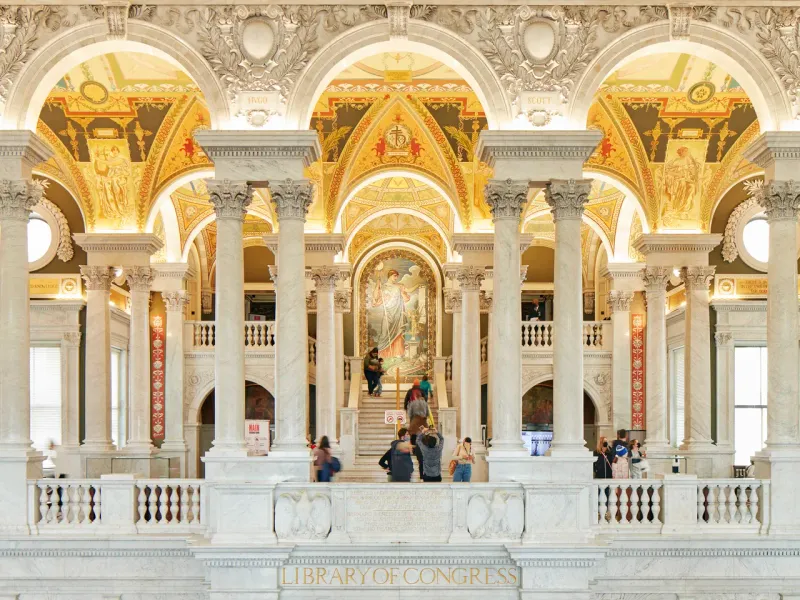
Thanks to massive digitization efforts, millions of items are now available free online at loc.gov. You can browse rare maps, listen to historical recordings, and read ancient texts from your couch.
High-resolution scans let you zoom in on details that would be impossible to see in person. Search functions help you find exactly what you need among millions of digitized items.
Online access democratizes knowledge, letting students worldwide study materials that were once available only to researchers in Washington. The internet has transformed this physical labyrinth into a digital treasure hunt anyone can join.

